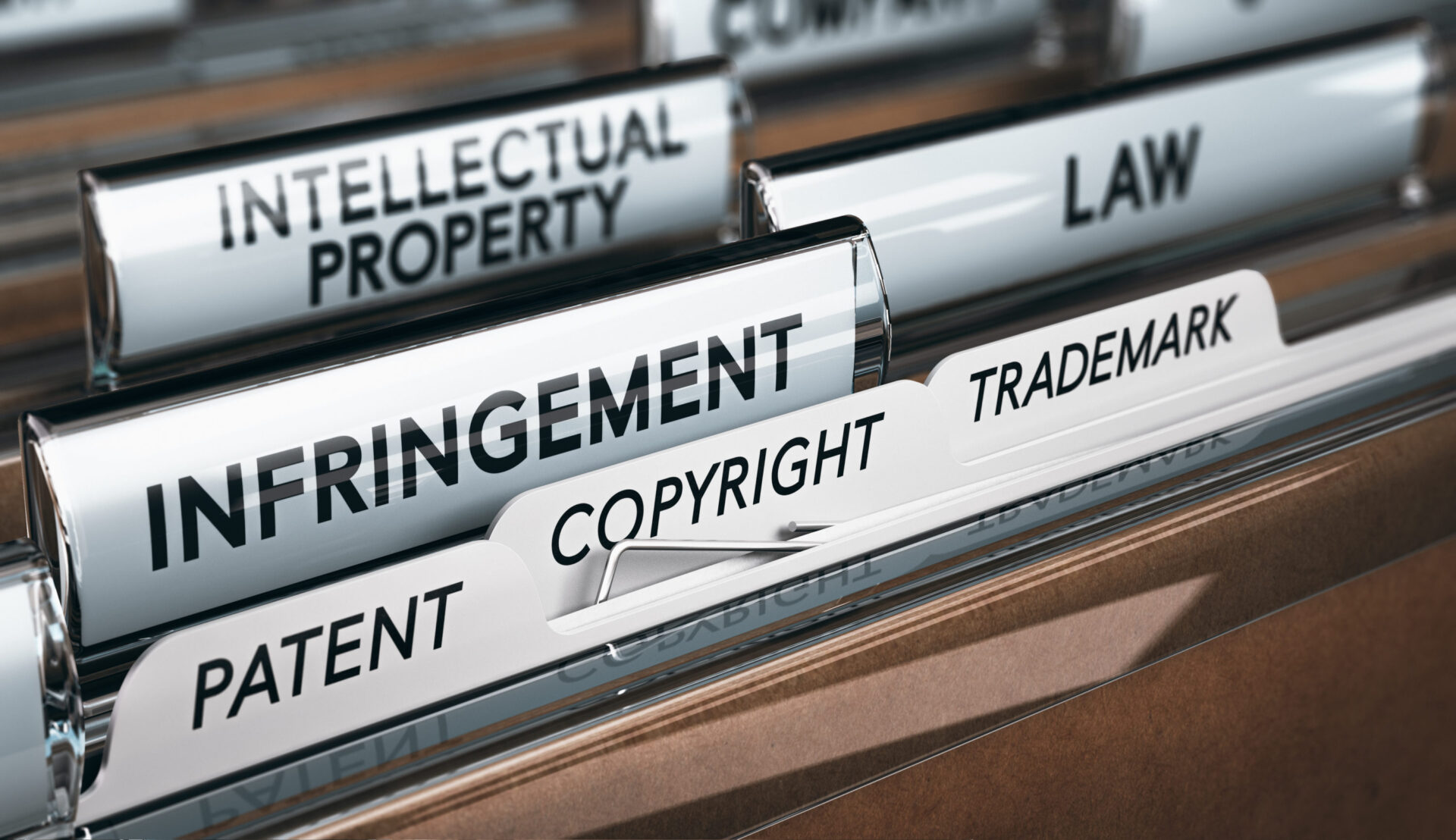The Importance of Investor Updates
By: Gabriel Goldenberg & Natasha Harris, with comments from Steven Masur
Leading angel investor Jason Calacanis’ Rule of Startups is “If your startup isn’t sending you monthly updates it’s going out of business.” In other words, keeping your investors up to date on what you’re doing is crucial in generating investor engagement and building the relationships that contribute to a startup’s growth. For companies working toward going public, investor updates create a helpful foundation for the type of reporting required of public companies. Investor updates also protect you from investors claiming that you did not share enough information with them about what you were doing with your company, and their money. So, even if you are a very early stage startup, if you expect to have investors, implement the habit now of writing a monthly investor update, so that you become proficient at sharing both good and bad news in the best way.
What Are Investor Updates
Investor updates are communications that share key qualitative and quantitative data with investors. The information that a private company discloses to investors is governed by the company’s governing documents and in some states, by statute. But, since private companies raise money from private investors and not the investing public, they are not subject to the same disclosure laws as public companies. Thus, the level and frequency of disclosures is much less for private companies than for public companies. Even so, private investors do have a right to information about their investment. Information reports can include financial data, upcoming business decisions, any press or media updates, and ways that investors can get involved. If you are doing this correctly, it should be easy for you to write, easy for investors to read, and you should receive good feedback. You can find an example of an investor update in the Resources section.
Why Is It Important
Companies that regularly communicate with their investors are twice as likely to raise follow-on funding, and are much less likely to get into trouble with investors because they failed to keep investor expectations in line with the realities the companies face in the market. Underlying Jason’s Rule of Startups is the principle that if a company does not communicate with investors, it is because there is nothing noteworthy to communicate – a terrible sign for business. Investors have a right to know both good and bad developments in company affairs as it affects their investment in your company. In fact, consistent communication with investors, no matter the nature of the update, instills a sense of confidence that the business is running effectively, even if it is facing difficult times, and allows insight into the business’s overall health.
Maintaining trust with your investors is critical. Notably, your updates should not solely focus on the company’s ‘wins.’ Highlighting only the good news can lead to doubt about whether the business is being forthcoming with crucial information, which can damage an investors’ trust, which can lead to a myriad of problems. Instead, it is most helpful, and leads to better relationships with investors, to share a holistic view of the company’s status, including both the good, and bad news. It is important to note that investors who trust you can be helpful to the business beyond their capital. They often have knowledge, experience, and networks that startups can leverage in a growing the business. Founders who send regular updates are in a better position to ask for and receive help, contacts, and even new investments.
Investors are less likely to make introductions with their valuable contacts if they do not know what is going on in a company. With more information, they can gauge how beneficial an introduction would be for both parties and not tarnish their relationships by making perceivably wasteful introductions.
Things to Consider When Drafting an Update
In drafting investor updates, consider the acronym STAT.
Structure
- Beauty, Format, and Style: The style of the update should be tailored to the nature of the brand and investors. Whatever the chosen style, be sure to divide the information into digestible sections for easy reading. Also, once you have developed a good format, stick with it, so that it is easy for you to draft the next update, and easy for investors to read it quickly.
- Frequency: Updates should be scheduled so that there is enough time to make progress and provide substantive updates as a result. If monthly updates feel too often, provide quarterly updates. Once you decide upon the frequency, it is important to ensure the updates are delivered consistently at those times. Consistency signals reliability and increases the level of trust investors have.
- Disclaimer: It would be prudent to add a disclaimer in updates that confirms that the information is strictly confidential, and provided as a courtesy; It is not intended to establish a course of future conduct and should not be construed as varying the terms expressed in the Company’s definitive agreements; and the update should not be construed as a guarantee of future performance and undue reliance should not be placed on it.
- Brevity: The point is to have consistent contact, so there is no need for lengthy updates. It lessens the work required to draft the update and makes it more likely that investors actually read it.
Topics
- Include short narratives about how things have changed for the better or any setbacks experienced.
- Create helpful metrics that will help investors understand how growth is measured. As the values change, include brief blurbs with insightful context.
- Highlight any added traction that the business has been getting, whether through profitability, revenues, publicity, partnerships, or other engagement.
Asks
- Leverage investor expertise and point out how they can become further involved.
- Make thoughtful asks and avoid creating a laundry list of to-do items.
Thanks
- Consider placing a spotlight on investors who have helped the business recently. It is an effective way to show appreciation and can prompt other investors to be more involved.
Resources










